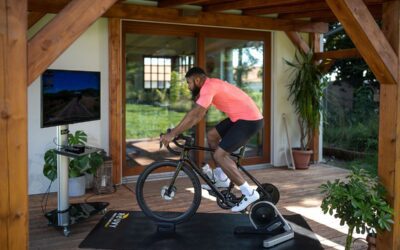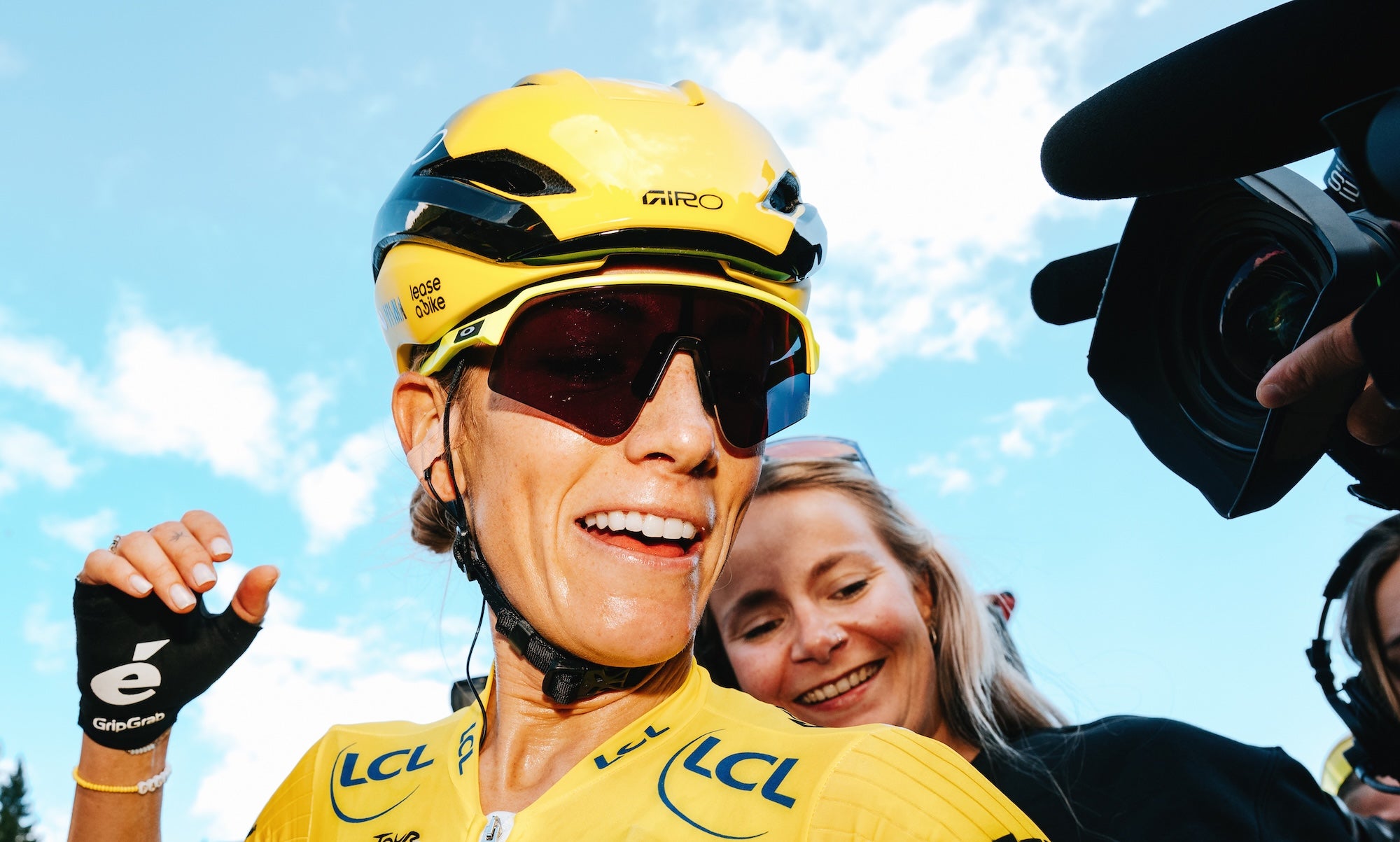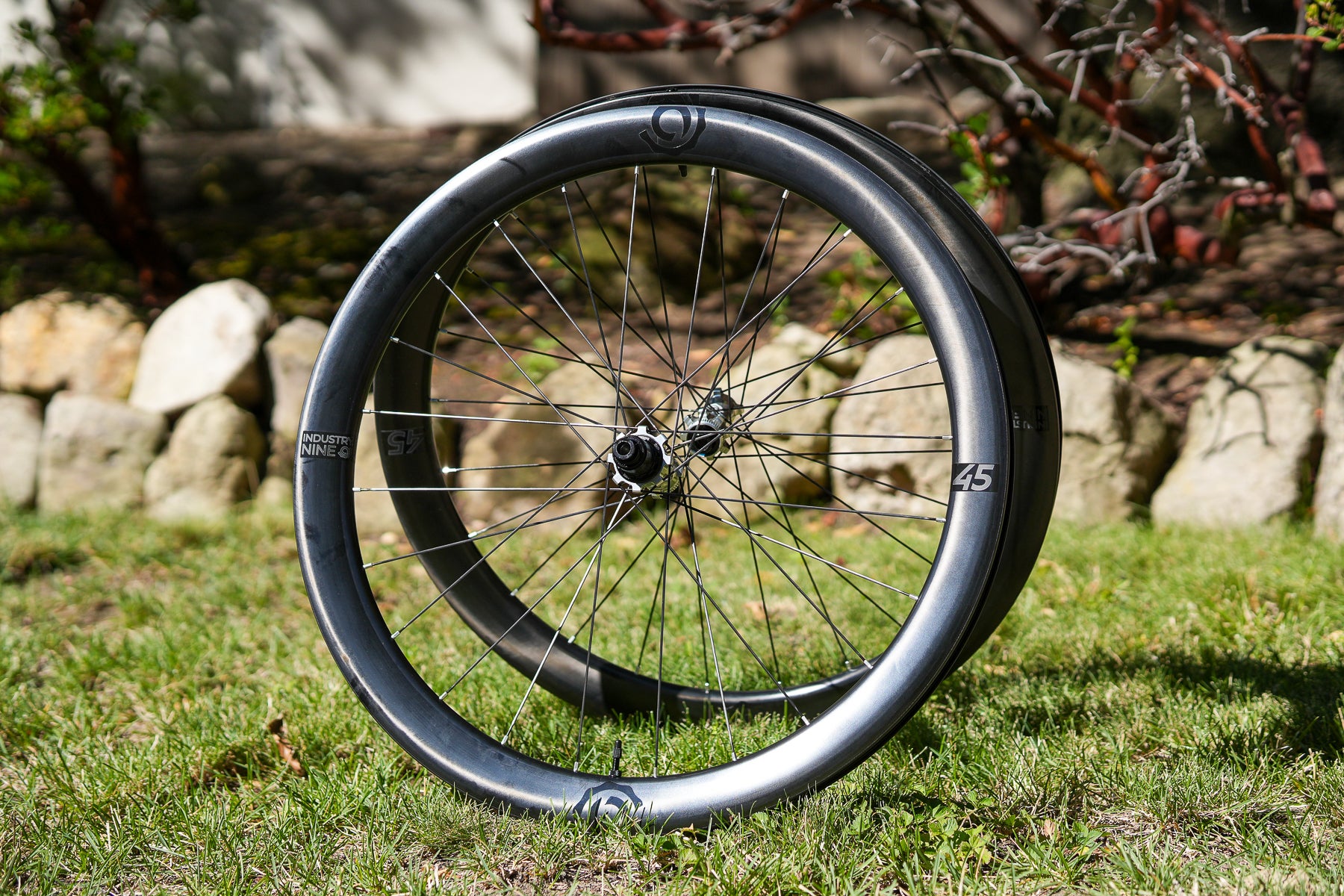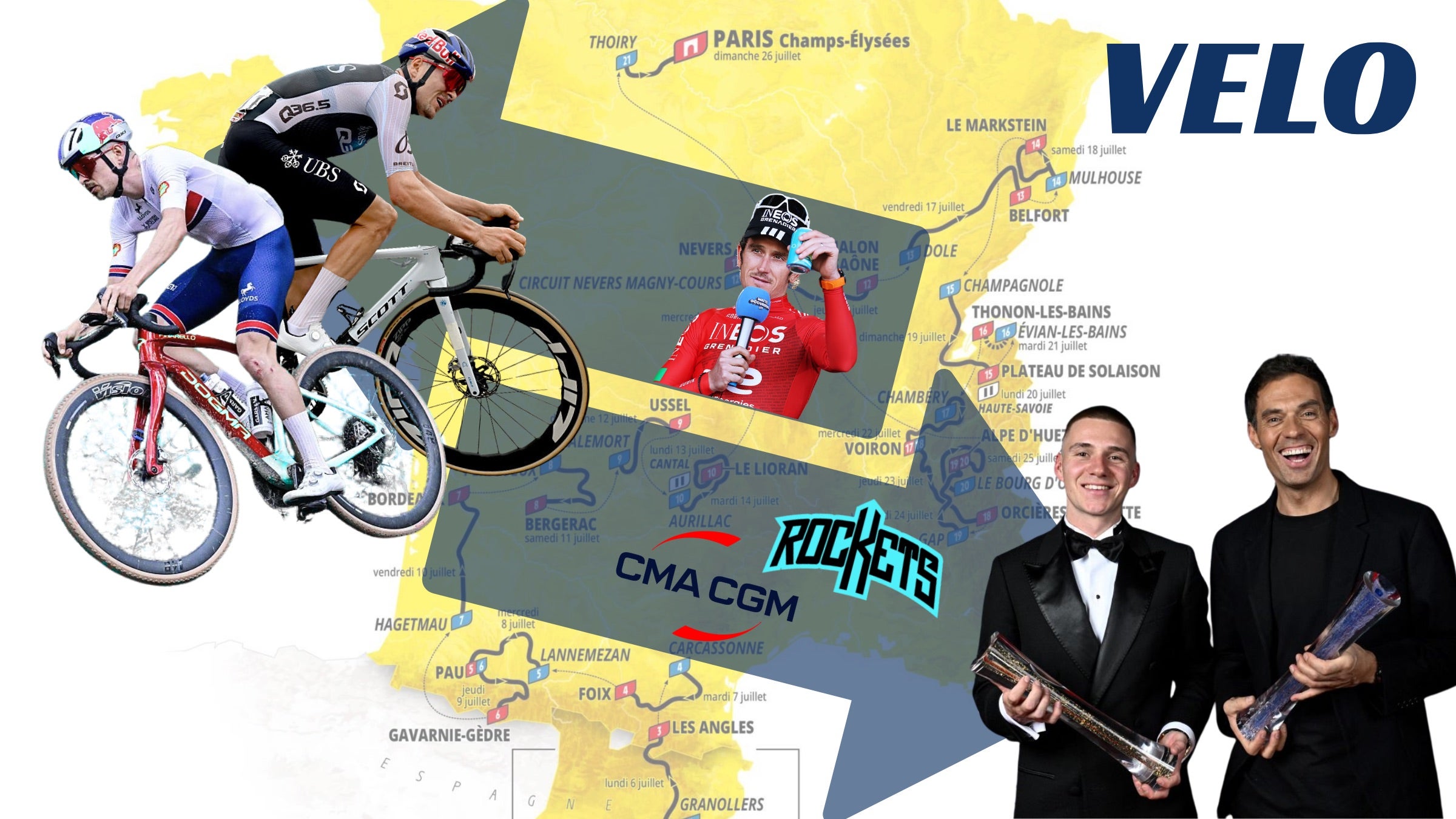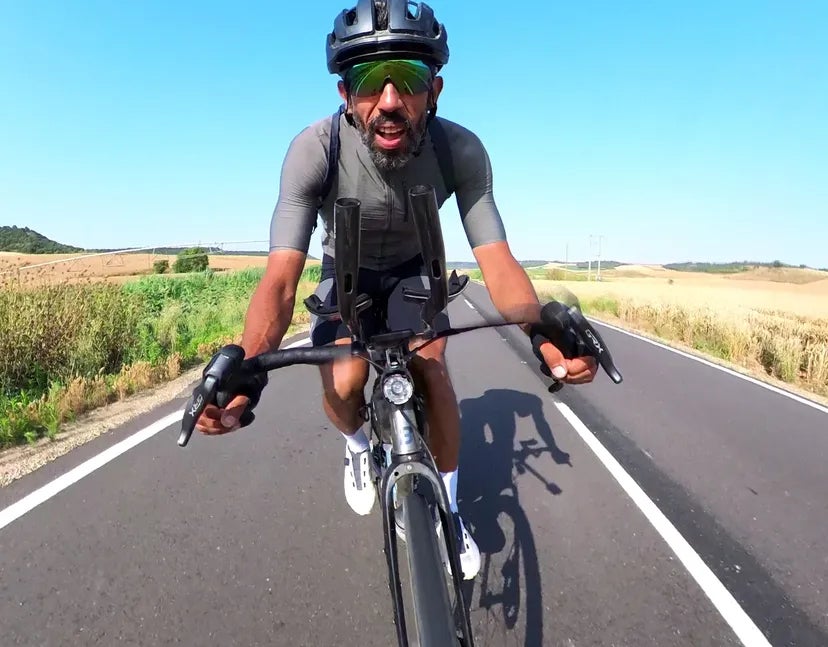Cycling’s Bright Future: How Today’s Stars Tackle Burnout Like Pros
When you think about professional cycling, the first images might be of epic mountain climbs, thrilling sprint finishes, and grueling race days. However, a new trend is emerging among the sport’s top riders: the ability to race continuously without feeling completely burnt out. Stars like Tadej Pogačar and Pauline Ferrand-Prévot race almost year-round, yet they handle the pressure with a fresh approach that keeps them in top form.
The New Era of Cycling
In years past, many cyclists would struggle with exhaustion as the season dragged on. But the modern peloton, filled with high-flying talents, seems to have found a way to perform at high levels throughout the year. Even Superman Pogačar occasionally mentions feeling drained, but overall, today’s athletes are managing their workloads better than ever.
Thanks to advancements in training, nutrition, and recovery methods, riders are pushing their limits without facing the burnout that once plagued the sport. The intensity in today’s peloton is remarkable. It’s not just about having the most power or speed; it’s about how riders can maintain those levels week after week.
A Game of Strategy and Recovery
Long gone are the days when cyclists could use races as simple training sessions. Now, if you show up to a race feeling less than 95% fit, you might as well stay home. The competition is fierce, and every second counts. Today’s pros are consistently strong throughout the season, adapting their training and racing plans to optimize performance.
Veteran riders remember a time when top cyclists would dominate early in the season only to fade by summer’s end. But what’s changed? Professionalism and a deeper understanding of the body’s needs have revolutionized the sport. Riders are now seen focusing more on recovery, diet, and precise training schedules. This newfound dedication allows riders not just to start strong but to build on that strength as the season continues.
Learning from the Past
Reflecting on their racing days, former pros realize how limited their thinking was compared to today’s athletes. In the past, many were expected to follow traditional methods, often shying away from experimenting with new strategies. This led to frustrating races when fatigue took over.
Fast forward to today, and the landscape is vastly different. Riders have access to cutting-edge science and technology that help them recover faster and race smarter. With better communication and a supportive team environment, they can focus on thriving in the race rather than merely surviving it.
Finding Balance in the Fast Lane
Perhaps one of the most encouraging outcomes of this new wave in cycling is how much happier riders seem. There was a time when athletes felt trapped, racing even when they were physically and mentally exhausted, forcing themselves to meet team expectations or contract obligations.
Now, cycling feels more like a passion for these athletes, rather than a chore. With planned breaks and improved nutritional guidance, riders can balance intense competition with much-needed downtime. While burnout still exists, it’s heartening to see teams prioritizing their riders’ overall well-being.
Takeaway: Embrace the Ride
As we cheer on our favorite cyclists, remember this: cycling is not just about speed or strength; it’s also about smart racing, recovery, and enjoying the journey. Whether you ride for fun or competition, take cues from these top athletes. Monitor your body, prioritize recovery, and accept that it’s okay to take a break. After all, cycling shouldn’t just be about crossing the finish line but enjoying every thrilling moment along the way!
Original article: Click here


